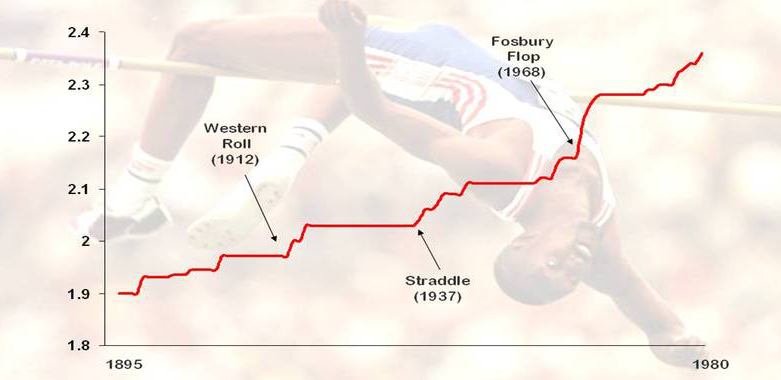By NRC on September 11, 2014

Civic performance measurement is anything but a new concept. In fact, city and county officials have been instituting performance measures dating back to the 1930s in an effort to measure officials’ performance in a consistent, accurate and valid manner. Without a core methodology or set of standards, performance measures from disparate municipalities or time periods are impossible to accurately compare.
In a piece for Governing Magazine, International City/County Management Association (ICMA) executive director Robert J. O’Neill identifies three crucial attributes of effective performance management:
These factors lie at the core of our own methodology in creating our survey instruments. The National Citizen Survey, The National Employee Survey and The National Business Survey are services that offer the three fundamental performance measurement criteria identified by O’Neill and they ground performance measures in key community outcomes for your core stakeholders – residents, employees and business owners/managers. Metrics should not just account for internal factors, though. Grow your performance system so that it includes, along with process measures, community perspectives – arguably the ‘bottom line’ in local government.
These Related Stories

